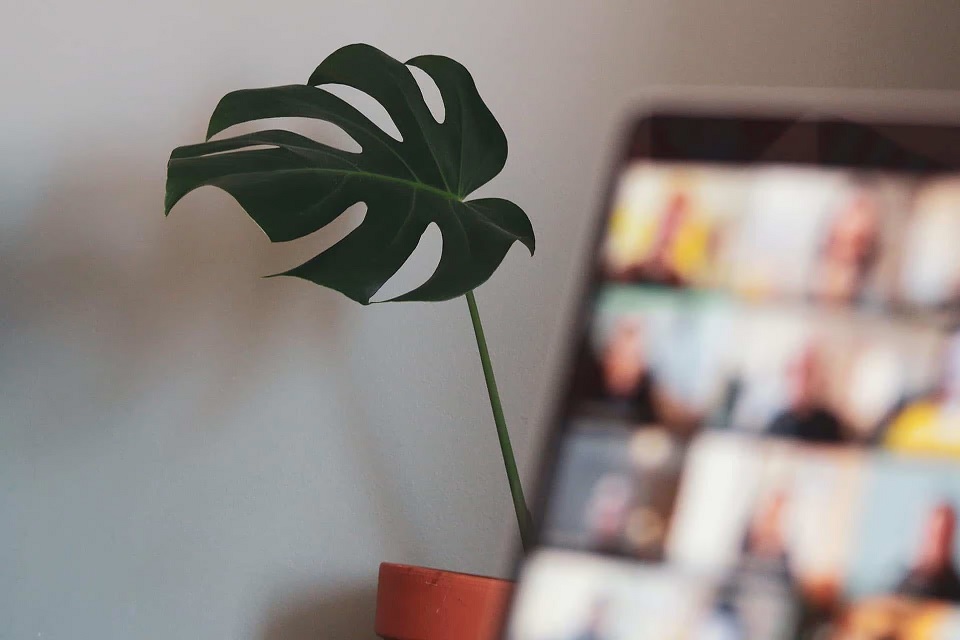Lego for companies
Have you ever observed the intensity with which children act while playing, defining their own rules and even talking to themselves? Playing promotes logical thinking and communication. It is fun, improves mood and increases self-confidence. Playing is very important for children and their development. For adults, on the other hand, playing is often perceived as a pastime in private surroundings without a deeper meaning. Playing in professional relationships, when working with hard facts and figures, rarely takes place. In the truest sense of the word, it is perceived as “dalliance”.
But what actually happens when companies find that they have difficulties in defining processes, determining software architectures, identifying project and personal goals or organising meetings efficiently? Whenever there is a need for cooperation in the performance of activities and whenever useful results need to be delivered, companies need a culture that encourages discussion. And how can you promote such a culture – despite all prejudices? By playing!
Serious Play with Lego bricks
In the late 1990s, former LEGO Group CEO Kjeld K. Kristiansen and two Swiss IMD professors, Johan Roos and Bart Victor, looked for ways to develop better business strategies. They used LEGO building blocks to combine the imagination of their employees with business issues – today this method is called LEGO SERIOUS PLAY. It is a moderated, participatory problem-solving method in which participants use LEGO bricks to answer questions.
The process of a workshop is simple: a facilitator asks a question and the participants answer this question in a set time by building a model from LEGO bricks and then explaining it to the members of their team. Afterwards, the team will have a joint reflection.
Two aspects are particularly important for the success of the workshop: the facilitator and the exploration of the models. The facilitator makes sure that the sequence of questions – building – explaining – reflecting is followed. In addition, he defines how his question is to be answered and thus places emphasis on individual or joint response models. When exploring the models, the aim is to understand the built answers. Questions such as “What is the meaning of this building block” or “What is the relationship between these two blocks” lead to a better understanding of models. Through the dialogue between the participants and reflection, details often come to light that would otherwise remain unspoken. Most participants find this active listening and questioning very positive and it often leads to better communication with each other even after a workshop.
The advantage of the LEGO SERIOUS PLAY method is that the answer model and not the builder is questioned. The feedback on the models is solution-oriented, so that new perspectives and alternatives arise for the participants. Often there is an aha effect and new knowledge is created.
LEGO SERIOUS PLAY in practice
What do companies need when they decide to use LEGO SERIOUS PLAY? A courageous client! A client who really wants to hear the answers to the questions asked. And they need an experienced facilitator. A trainer who ideally uses several methods and knows which method is best suited to which situation. Regardless of the method used, complex relationships cannot be visualised and resolved in two to three hours. In such situations it is advisable to plan more time – ideally after consulting the facilitator beforehand. Now imagine the following situation: A strategy meeting for a team that is distributed over several locations. Over the past few months, the team has been confronted with new expectations and tasks. Now you as the client want to determine the success factors for future work and at the same time increase the motivation of the team members.
How would a LEGO SERIOUS PLAY Workshop work? After an introduction to the method with light finger exercises, the participants could answer the following questions with their models:
- “Who are you and which of your qualities best characterises your work?” For this purpose, each team member builds an individual response model, which is then explored and reflected upon by the team.
- “What distinguishes your team?” With this question a single model is built together in the team, which represents the identity of the team. The answer to such a question can take up to an hour, because the team should exchange information about the status quo, its strengths and the cohesion within the team.
- “How are you perceived by other colleagues? And what factors influence your work.” These questions are about the external perception of the team. Depending on the workshop concept, completely new models can be developed here or existing ones can be expanded.
- “How do you want to be in the future? How do you want to work? What do you want to offer? And how does this relate to what has been built so far?” In the last part of the workshop, the participants deal with the future and orientation of the whole team. Thereby, little by little, whole landscapes with models are created. They are the visible thoughts of the team members. And they are also a basis for reflecting on uncomfortable, unfamiliar situations from which new solutions can be developed.
Developing companies in a playful way
Is LEGO SERIOUS PLAY suitable for all questions in a company? The clear answer is: No. However, if it is important for you to hear the voices of everyone involved in order to make a step forward in the development of your company, working with Lego bricks is a very good method. The feel of the bricks, the ease of use, the interaction with colleagues and employees – there are many reasons to choose LEGO SERIOUS PLAY.
Of course, many thoughts and ideas already exist before a workshop is held, but rarely are they clearly expressed. Moreover, the models help to develop solutions. Nothing falls by the wayside, thoughts and motives are reflected, something new is created. Round after round you will receive authentic answers, with which you can even experiment and lay a foundation for small and large innovations.
What applies to every technique also applies to LEGO SERIOUS PLAY: If a workshop is poorly executed, the participants will reject the method in the future. Bad experiences stick. So it all depends on how the workshop is conducted. Good preparation, a clear objective, enough time and experienced moderation help here. With these ingredients you can develop your company in a playful way. Or in the words of the Irish Nobel and Oscar winner George B. Shaw: “We don’t stop playing because we get old, we get old because we stop playing.”
Notes:
If you have any questions or would like to gain some experience yourself, please come to my next LEGO SERIOUS PLAY Meetup Berlin or visit https://www.kilearning.net/.
Julian Kea has published two more posts on the t2informatik Blog:

Julian Kea
Julian Kea is a serious games facilitator and team coach from Berlin. He creates activating learning environments with minds-on workshop methods such as Training from the BACK of the Room, LEGO® SERIOUS PLAY®, Agile Classrooms, Thiagi’s interactive training strategies, Open Space Technology, and Liberating Structures and of course Training from the BACK of the Room. These enable teams to share authentically, promote mutual understanding and strengthen collaboration. His mantra is “Rediscover Learning. Work Smarter.”
In addition, Julian Kea is the voice behind the #SeriousGamesPodcast and the creator of #TheDebriefingCube. He organises the #LSPmeetup around LEGO® SERIOUS PLAY® and the unconference #play14 around serious games in Berlin.

